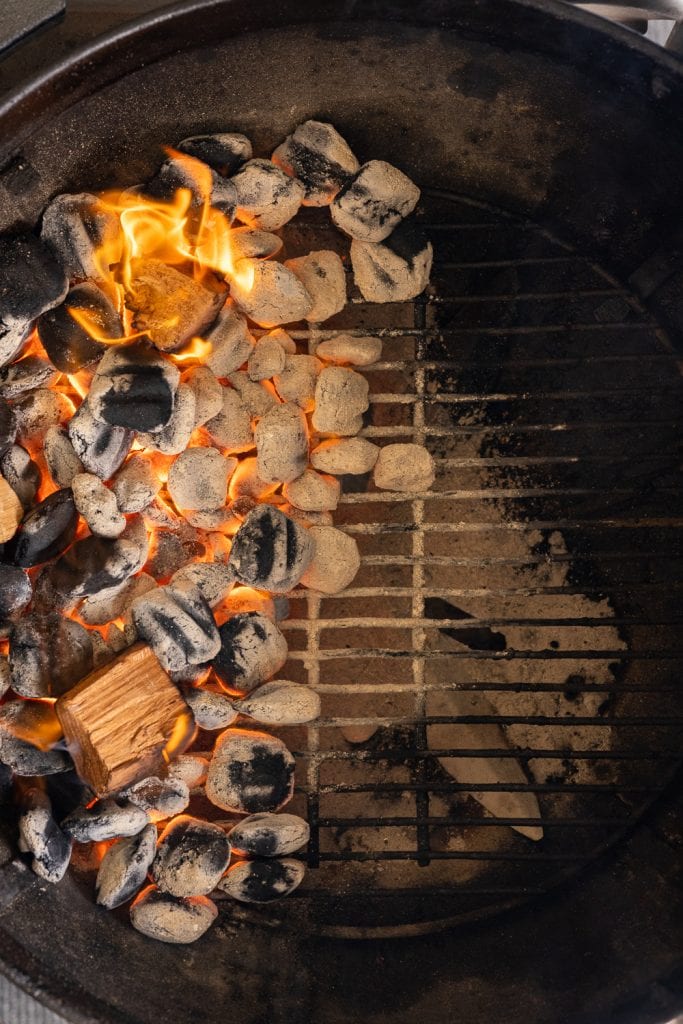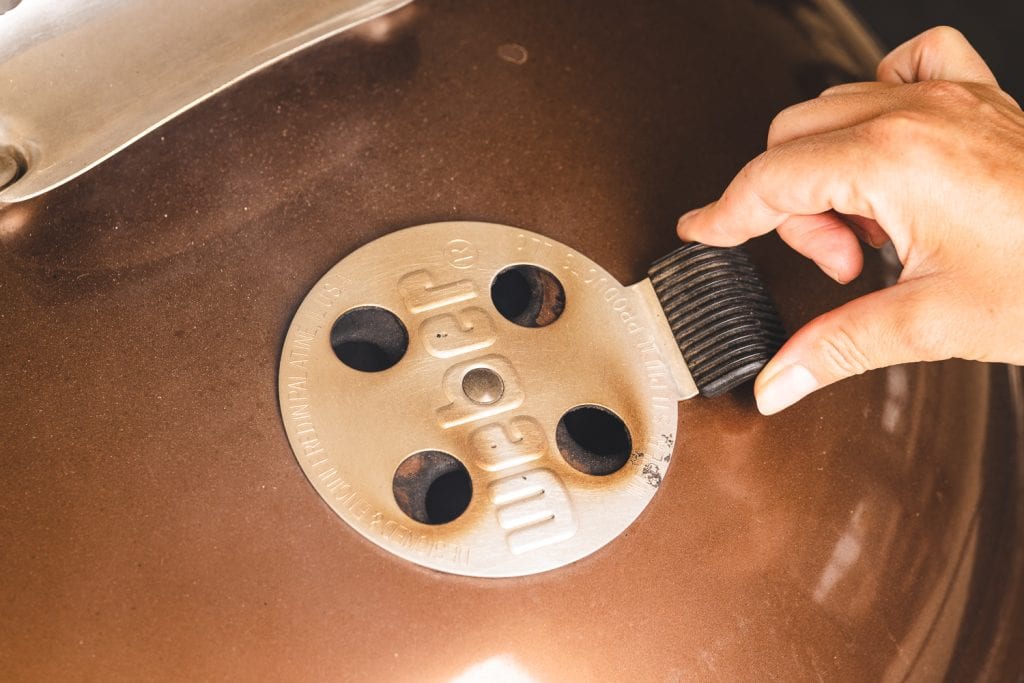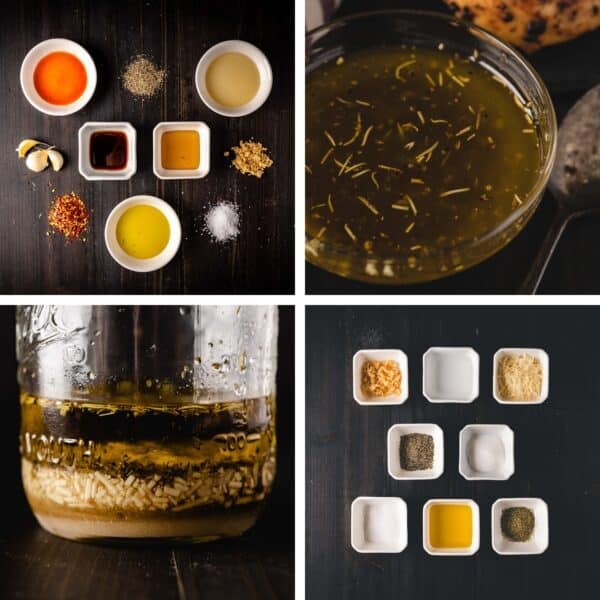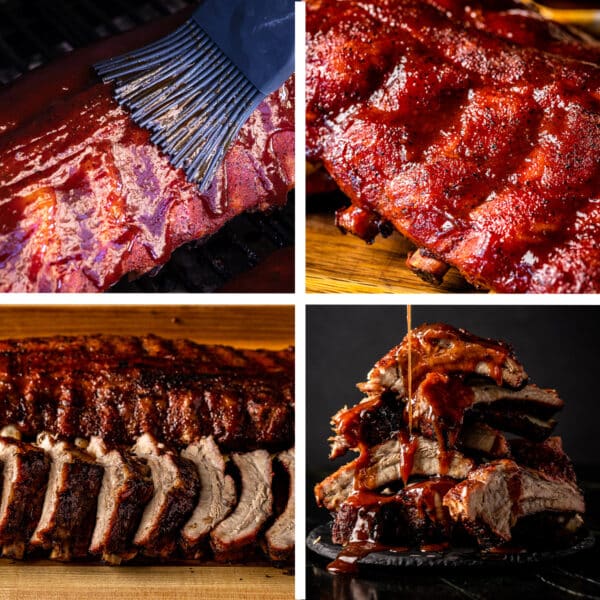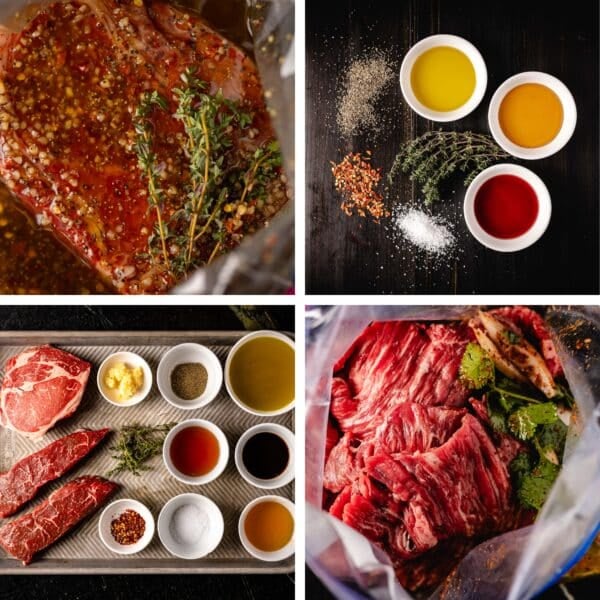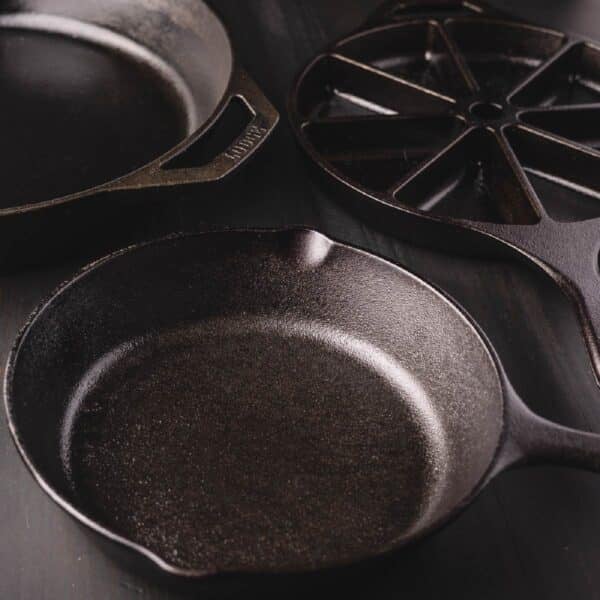How to Use a Charcoal Grill
On June 28, 2023 (Updated July 31, 2023)
This post may contain affiliate links. Please read our disclosure policy.
Welcome, aspiring BBQ enthusiasts! If you’re eager to learn the art of charcoal grilling and elevate your backyard cookouts, you’ve come to the right place. In this guide, we’ll cover the essential techniques to help you master how to use a charcoal grill. From high heat searing to two-zone cooking and low and slow smoking, we’ll equip you with the knowledge and tips you need to become a BBQ master. So, grab your apron, gather your charcoal, and let’s embark on this flavorful journey together!

Setting up a Charcoal Grill
Before we dive into the different cooking methods, let’s start with the basics of using a charcoal grill.
Begin by cleaning your grill thoroughly. Whether your grill has debris or leftover residue from previous cookouts, or it’s brand new, you’ll want to clean off anything that could impact the airflow to the charcoal or flavor of your food.
Next, fill a chimney starter with charcoal briquettes. Place crumpled newspaper, tumbleweed, or a paraffin starter cube beneath it and light it up. Let the briquettes burn until they develop a white ash coating (usually around 15-20 minutes).
Once your coals are ready to dump into the grill, you’ll need to know a few basics on where they go and how you can best manage heat to get the results you want.
Managing Airflow in a Charcoal Grill
Most charcoal grills have adjustable vents. Open the bottom vents to allow oxygen flow and control the fire’s intensity. Use the top vents to regulate the airflow and temperature inside the grill.
Experiment with the vents to find the right balance for your desired cooking method. Remember, more airflow means a hotter fire, while less airflow results in lower temperatures.
Cooking Methods Using a Charcoal Grill
Once you have your charcoal grill fired up and ready to go, let’s talk about the different cooking methods using a charcoal grill.
High Heat Grilling
High-heat grilling is the process of quickly cooking food over high heat, creating a flavorful crust on the exterior while keeping the interior juicy. This method is perfect for vegetables, burgers, and thinner cuts of beef, pork, or chicken. Here’s how to achieve a perfect sear on your charcoal grill.
- Arrange your charcoal. Your hot coals are ready to pour. Arranging a single layer of hot charcoal briquettes across the charcoal grate, creating an even layer of direct heat. Make sure the grill grates are clean and preheated. Use a grill brush to remove any remaining debris.
- Prep and season the food. Pat your food dry and season it generously with kosher salt and freshly ground black pepper, or your preferred seasoning.
- Sear. Place the food directly over the hot coals and let it sear for a couple of minutes on each side, without flipping too frequently. This initial sear locks in the juices and creates those beautiful grill marks.
- Finish grilling. Use tongs to flip the food and continue cooking until it reaches the desired internal temperature. Utilize an instant-read meat thermometer for accuracy.
Two-Zone Cooking
The two-zone cooking method provides flexibility and control, allowing you to cook a variety of foods simultaneously. Perfect for thick steaks, chicken breasts, side dishes, and even baking. This is my preferred set-up method for my charcoal grill as it allows for the most heat management on the grill. Here’s how to set up and utilize the two-zone fire.
Setting up the Zones
Divide the charcoal grill into two sections by placing the hot charcoal on one side of the charcoal grate, creating a direct heat zone. The other side should remain empty, creating an indirect heat zone.
Cooking Techniques
The direct heat zone is ideal for searing, achieving grill marks, and cooking foods that require higher temperatures. Place your food directly over the hot coals in this zone. The indirect heat zone is perfect for slower, more gentle cooking. It’s suitable for thicker cuts of meat, delicate foods, or when you want to avoid direct flame contact. Place your food in this zone and close the grill lid to allow for even heat distribution.
Utilizing the Two Zones
With the two-zone setup, you can sear steaks to perfection on the direct heat side and then move them to the indirect heat side to finish cooking without burning the exterior. You can also use the indirect heat zone for cooking larger cuts of meat, like whole chickens or roasts, ensuring they cook evenly and retain moisture.
The two zones are also beneficial to help you manage flare-ups with fatty cuts on your charcoal grill. Simply move the food that’s causing the flare-ups to the indirect heat side of the grill and they will disappear.
Low and Slow Smoking
Smoking meat low and slow imparts a delightful smoky flavor and tenderizes tougher cuts. This can be a little more difficult on a charcoal grill if you’re new to the process, but it is super fun to learn and produces amazing results. This works awesome with classic BBQ cuts like ribs, whole chickens, pork shoulders, and roasts. Here’s how to achieve mouthwatering results on your charcoal grill.
The Minion Method
One popular technique for maintaining consistent temperatures over an extended period is the Minion Method.
- Fill the base. Start by filling the base of your charcoal chamber with unlit charcoal. Some people take this a step further and stack each piece of charcoal like dominoes so they know there will be more even heat.
- Add hot coals. Create a hole in the center of the unlit charcoal, so the charcoal loops around the exterior of the chamber. Dump in a few hot coals from your charcoal chimney in the center of the unlit coal bed.
- Add wood. As the lit coals gradually ignite the unlit ones, the fire will slowly spread, providing a steady heat source for hours. You can add wood chips or chunks to the top of the hot coals throughout the cook, or place them in the unlit coals so they ignite themselves while the fire spreads.
- Control airflow. Adjust the air vents to keep the airflow low to prevent the fire from spreading too quickly.
The Snake Method
Another popular technique for getting a long, low and slow cook on a charcoal grill is the snake method.
- Build the snake. Arrange unlit charcoal briquettes around the exterior edges of your charcoal chamber in a line. You can add an additional layer or two on top of the first layer. Each layer of briquettes will provide added heat to the grill during the cooking process. Two layers os typically sufficient to run your charcoal grill between 225-275 degrees F.
- Add wood chunks for smoke. Add wood chunks every 6-8 inches on top of the charcoal briquettes.
- Ignite the charcoal. Light a small chimney of 10-12 briquettes. Drop the hot briquettes on one end of the charcoal “snake” you arranged. The lit coals will ignite one end of the arranged charcoal.
- Control the airflow. Close the lid and adjust the air vents to control the airflow. Keep the airflow lower to keep the temperature down and the ignition of new coals slow.
Controlling the Temperature
To maintain a low and steady temperature, partially close the bottom and top vents to limit airflow. This will help prevent the fire from getting too hot.
Monitor the grill temperature using a reliable thermometer. Aim for a range between 225°F and 275°F (107°C – 135°C) for most low and slow smoking.
Smoking the Meat
- Season your meat with a dry rub or marinade of your choice. I’ve got hundreds of recipes on the website for smoking low and slow! Feel free to browse around to get some inspiration.
- Place the meat on the indirect heat side of the grill, away from the hot coals. Close the lid to create a smoky environment.
- Maintain a consistent temperature throughout the cook, occasionally adding more charcoal or wood chips or chunks to keep the smoke going.
Congratulations, BBQ enthusiasts! You’ve now embarked on the path to becoming a charcoal grilling master. From high heat searing to two-zone cooking and low and slow smoking, these techniques will elevate your BBQ game. Remember to start with a clean grill, manage airflow, and embrace the versatility of charcoal for various cooking methods. So, fire up that charcoal grill, experiment with flavors and techniques, and savor the delicious results of your newfound BBQ skills. Happy grilling!
